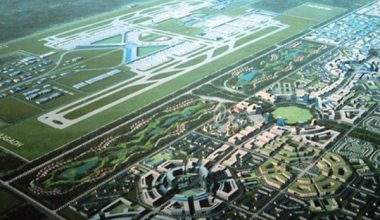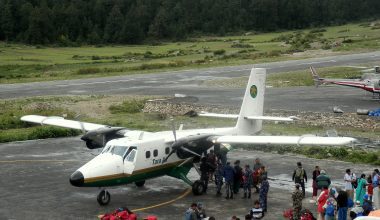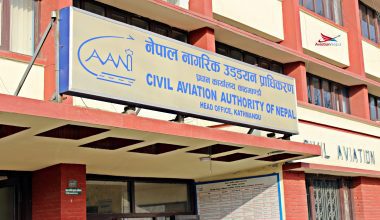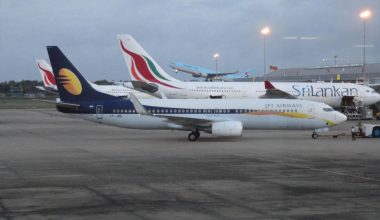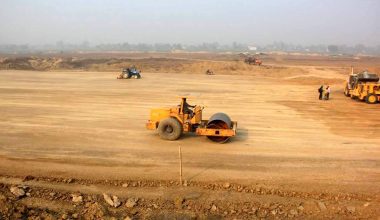The 54th Asia-Pacific Directors General of Civil Aviation event held at Mongolia this week addressed the rapid growth and continuous challenges to the future aviation industry. The event was organized under the presence of ICAO’s Council President and Secretary General.
“Asia-Pacific is currently the leader in aviation industry in terms of traffic growth, it also faces attendant challenges with respect to managing and sustaining it, safely, securely and efficiently,” stated ICAO Council President Dr. Olumuyiwa Benard Aliu.
The event with attendance approximately 300 delegates highlighted the requirement of managing demand against capacity of the airport and air traffic management (ATM) systems, challenges to infrastructure and other investors posed by unstable regulatory environments, and insufficient training capacity for skilled aviation professionals, amongst other priorities.
The ICAO Council President also drew attention to the region’s capacity challenges, reminding those present that “ICAO is therefore leading efforts to increase the number of new air routes, implement an Asia-Pacific Air Traffic Flow Management System, and to realize a more flexible local approach to the sharing of airspace by civil and military operators.”
The ICAO Council President thanked Mongolia for hosting the 54th DGCA Conference, and for the support it had provided to its Civil Aviation Authority (CAA). He highlighted the State’s civil aviation and infrastructure commitments, and congratulated it for the excellent results achieved in its most recent safety and security audits. He reaffirmed the commitment of ICAO to work closely with Mongolia, noting that together they would enhance and optimize the contributions of its civil aviation sector to the socio-economic development and prosperity of its citizens and businesses.
Recently, Nepal Air Traffic Controllers Association (NATCA) also conducted a one day seminar on Aviation Safety challenges and TIA Capacity & Congestion which especially highlighted safety awareness, security, infrastructure enhancement and traffic congestion. Nepal being a part of Asia-Pacific region is quiet slow paced at aviation sector due to different circumstances like air traffic congestion, lack of standard international airports, poor facilities, geographical complexity and ineffective safety practices. Aviation safety, security, capacity and emissions are always a challenge for aviation industry of Nepal and to cope with it, a sheer concern and action is required from every aviation responsible organizations as soon as possible.

